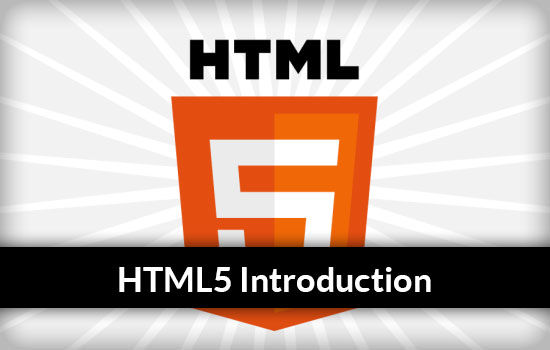HTML Introduction for Beginners :
Html is a core technology markup language and dedicating content for the world wide web and using as a internet structure. Which is basically inculcating new, young, designers about webdesign and aiding them to improve their skilfulness and to begin their business, we accomplished that we really exigence to go as lowland as possible into the basics.
The world wide web’s markup language always has been HTML. HTML was eminently designed as a language for semantically defining scientific documents, although its general design and version over the years have authorize it to be used to elucidate a number of other types of documents.
The first “working draft” of HTML5 came out in January of 2008 and it is already admirably broad browser support, although HTML5 is not yet fully achieved and won’t be for some years yet. There are Two groups the W3C and the WHATWG trust of developing HTML5.
Why two groups: WHATWG was formed in response to the tardy development of web standards admonisher by the W3C. Wikipedia in other tussle they got in a conflict and parted ways. They says they have since osculation and made up. Both groups agree that’s its going to virtually years to fully implement HTML5,however it will be in wide use long before then- undertake that, like eColi, they don’t divide and multiply again.
What is HTML5?
Html5 is relatively easy to understand, because in html every tag is predefined, so user can learn every tags easily, here just we require to know work of tags and its attributes. I will describe very simple way this HTML Introduction.
- Html stands for Hypertext Markup Language
- Each Html tag elucidate different document content
- Html documents are define by HTML tags.
HTML Elements:
HTMLTags:
- HTML tags are habituated to mark-up html elements
- The surrounding character are called as angle brackets
- Each HTML tag enclosed by two characters “<” and “>”
- HTML tags commonly comes in pair like <b> and </b>
- The start tag frequently called as the opening tag, same like end tag called as the closing tag.
- The first tag in a suit is the start tag and the second tag is the end tag.
- The element content always should be between the start tag and end tag
- The end tag is written like the start tag, but with a slash </> before the tag name
HTML Tags surrounding by angle brackets; for example- <tag name> content </tag name>
HTML Document Example:
| <!DOCTYPE html><html>
<body> <p><strong>This is my first paragraph text</strong></p> </body> </html> |
Explanation:
- The DOCTYPE defines the HTML document type
- <html> and </html> tag between the text describes the webpage
- <body> and </body> tag between the content is the visible in webpage are.
- The <p> element defines a paragraph in every html document.
- Between the <p> there is a text: that is my first paragraph text
- <strong> tag displayed as bold and defines html elements
“HTML is a Hypertext Markup Language, it’s fundamental set of Markup tags which used to develop WebPages design.”
HTML5 is the present hypertext markup language from W3C (World Wide Web Consortium. In 2008 the first draft was made by public, but its not much effective until 2011. In 2011 when HTML 5 released then peoples started to writing about it and using it, but still there is little problem to support all browser as well. However it will support some of major browsers such as Firefox, IE, Chrome, safari, Opera, Torch), finally the newest HTML5 support well for developing any website and technology can be used best today.
We can write html in any simple editor like note pad, Dreamweaver and other any professionally editors. Whether you are using windows then you can use any simple editor what has discussed before, if you are not window user then for example Linux user can use Pico, Mac user can use TextEdit. Whatever you are writing code that file extension would be ”.html” so we can write html code in any editor and finally save it as file name “.html”.
Html was communicated to solve compatibility problems that force the current standard, HTML4. There is one of big conflict between HTML5 and previous version of the elder version of HTML and also need commander plugins and APIs in previous version, HTML5 no need to install any common plugins, HTML5 offers one of familiar interface to create loading elements easier way. For examples in HTML5 there is no require to install flash plugins because elements run by itself and other destination is to support for multimedia for mobile devices, these new syntactic features were introduced to support such a audio, video and canvas tags. Html5 has introduced many new features which could really change the user interact with documents including:
- New attributes
- Offline editing
- New parsing rules for increased flexibility
- Messaging enhancements
- Protocol and MIME handler registration
- Detailed rules for parsing
- Common standard for Storing data in SQL database(web SQL)
- Drag and drop capabilities from one HTML5 to another HTML file.
- Redundant attributes or Elimination of outmoded
HTML 5 was adopted by the new working group of the World Wide Web consortium (W3C) in 2007.
Browser Support:
HTML5 support many features in the latest version of Apple safari, Firefox, Google chrome, IE and opera etc. Internet explorer 9.0 is also support some of HTML5 functions well.
In Mobile devices HTML5 is excellent support. The mobile browsers that come pre-installed on androids, iphones and ipads all have excellent reinforcement.




